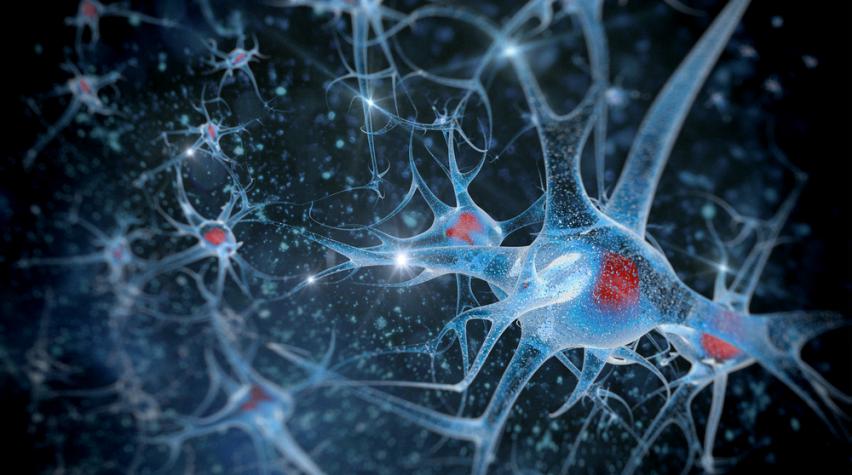
Researchers at Sandia National Laboratories have created linkages of polymer nanotubes that resemble the structure of a nerve and are capable of transmitting electrical impulses.
“This is the first demonstration of naturally occurring proteins assembling chemically created polymers into complex structures that modern machinery can’t duplicate,” said Sandia National Laboratories researcher George Bachand in a press release.
This new technology paves the way to replacing current technology, which consists of rigid electrodes that penetrate nerve tissue to communicate with an artificial limb. In doing so, the electrodes cause inflammation, but the new technology may one day create a polymer network that can simply extend the nerve, to provide a gentler interface.
How the structure is created
The neural structure assembly begins by altering the behavior of kinesin motor proteins—biological machines found in every human cell. These tiny motors normally tote material from one part of a cell to another, carrying them on what, in video graphics, is portrayed as a vertical body with two legs. These stride along protein microtubules that form the cell structure. The purposefulness of the motors resembles that of the spellbound brooms in Disney’s Fantasia, relentlessly carrying buckets of water up the castle stairs.
Turning natures’ machinery on its head, the researchers used known techniques to glue the “shoulders” of kinesin motors to a glass substrate. This prevents their bodies from traveling, but their “legs” above them continue their vigorous movements. These pass microtubules above them, like an audience crowdsurfing entertainers on upraised hands.
In the next laboratory step, these traveling protein microtubules, microns in length, encounter relatively large polymer spheres, tens of microns in diameter, inserted by the researchers.
The microtubules, pre-coated with a sticky substance, pinch off polymer nanotubes from the sphere that lengthen as the kinesin motors travel on. The process resembles stringy strands of cheese lengthening as a piece of pizza is removed from a pan, said Paxton.
As the nanotubes lengthen and crosslink, they form structures complex enough to bring to mind the lights of a city seen at night from an airplane at high altitude. The networks range from hundreds of micrometers to tens of millimeters in total size and are composed of tubes 30 to 50 nm in diameter.
The insertion of quantum dots also proved stable, which means that light could be used to carry information through the structure as well as electricity.
You can learn more about the researchers’ work in their published work in Nanoscale here.


